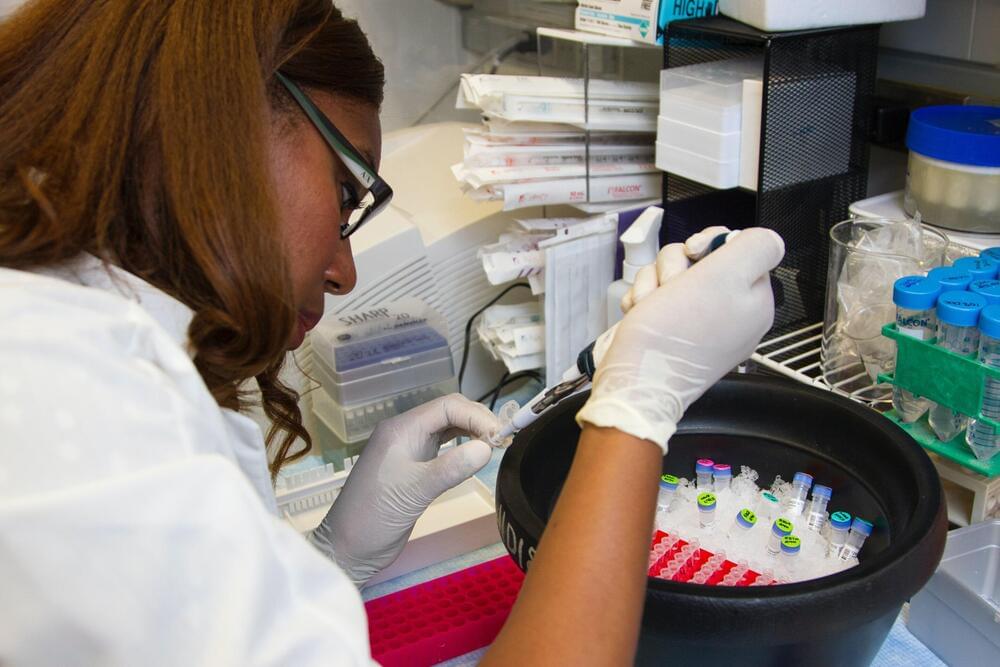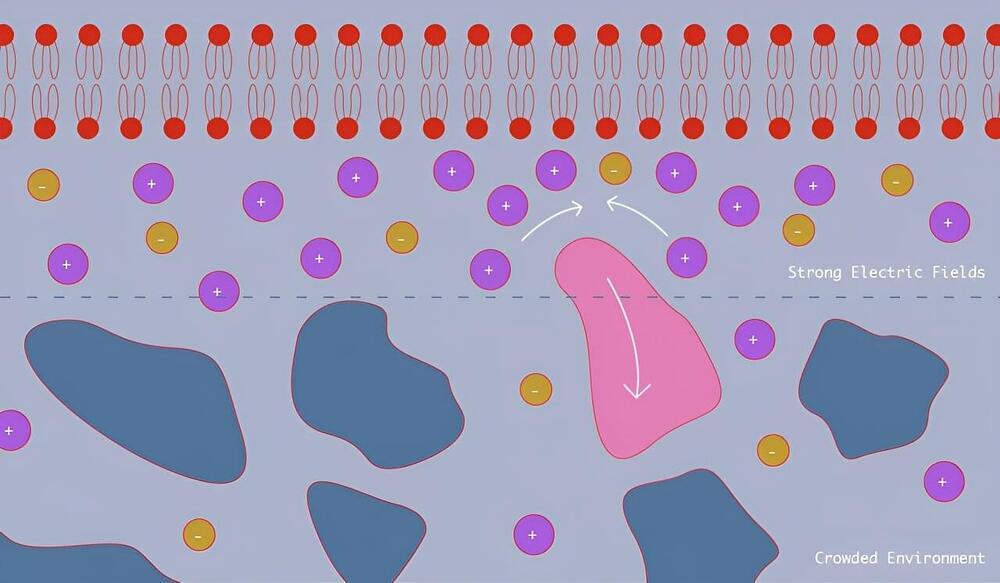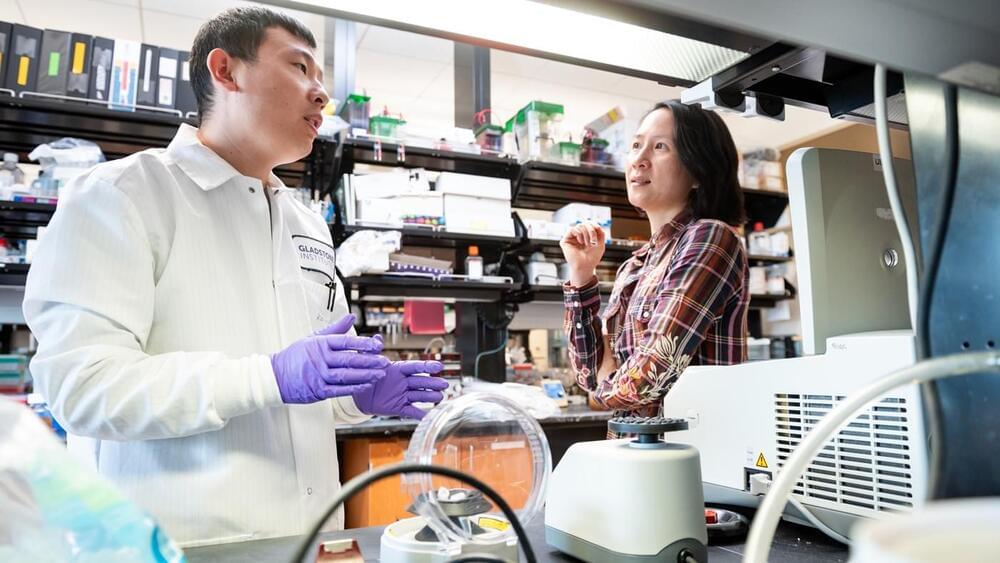My people.
The Picts, a people who inhabited Scotland during the Middle Ages, have always had a sense of mystery to them. A new study using DNA has revealed new details about their origins.
Historical sources first mention the Picts in the late 3rd century AD. They resisted the Romans and ruled over a large territory in northern Britain. However, around the 9th and 10th centuries the Pictish culture would decline and those lands would form into what would be the medieval kingdom of Scotland. There are different theories to the origins – were the Picts native to Britain or did they migrate from other parts of Europe?








